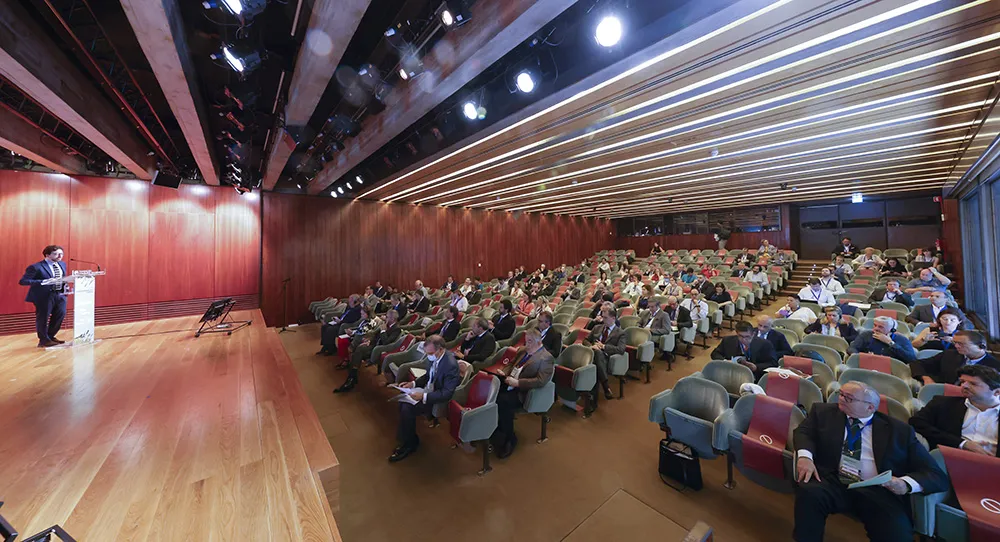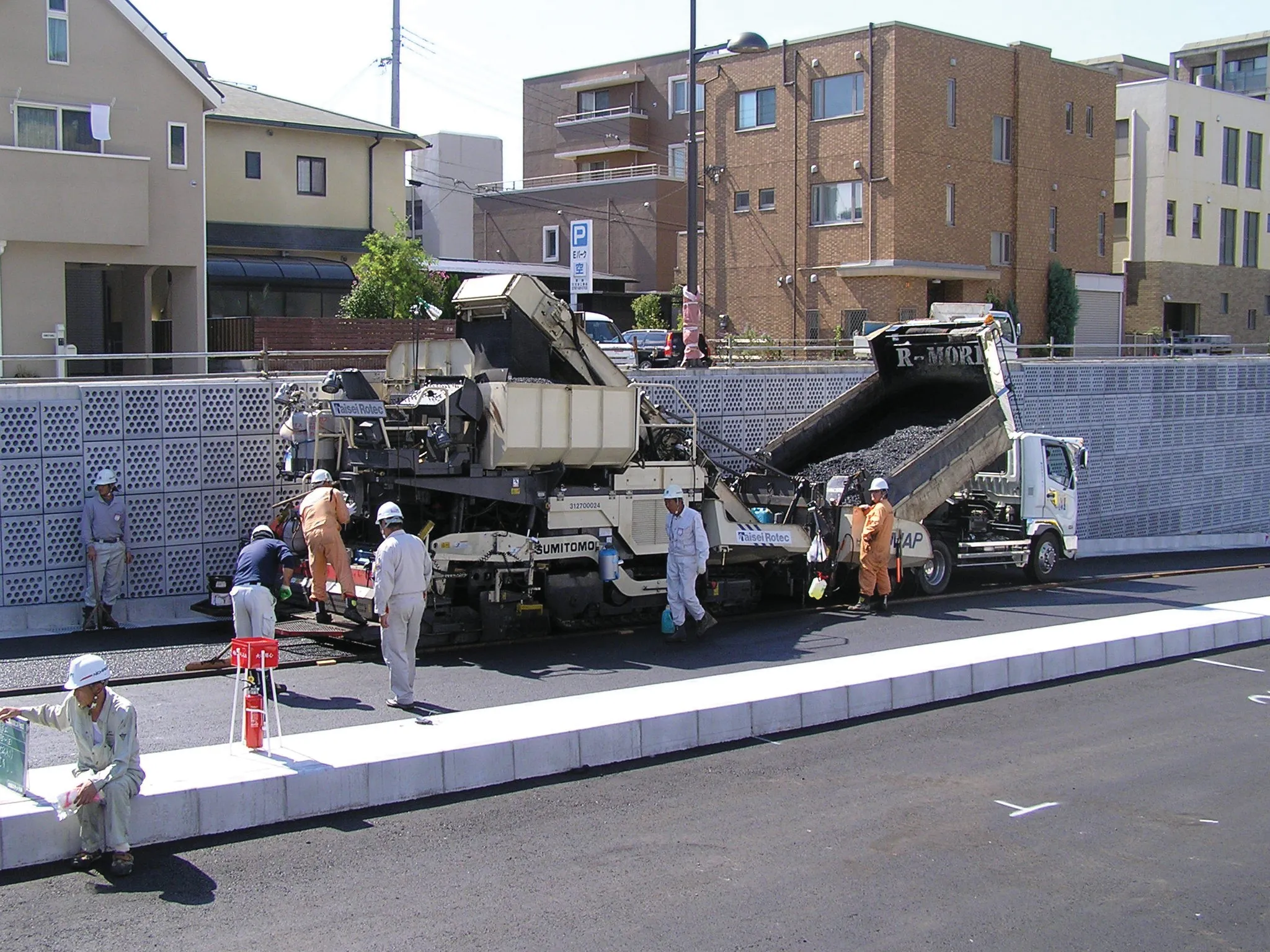Police in Poland were recently filmed at a training facility practicing interception techniques for car chases. However as a cost saving measure the police were instructed to push the vehicles and eliminate the expense of fuel. The police claim the measure is needed to trim budgets and has the added benefits of being environmentally friendly and keeping the force fighting fit. However critics have responded saying that as most criminals can afford fuel for their cars, training police to push vehicles is a t
February 27, 2012
Read time: 1 min

Police in Poland were recently filmed at a training facility practicing interception techniques for car chases. However as a cost saving measure the police were instructed to push the vehicles and eliminate the expense of fuel. The police claim the measure is needed to trim budgets and has the added benefits of being environmentally friendly and keeping the force fighting fit. However critics have responded saying that as most criminals can afford fuel for their cars, training police to push vehicles is a technique that will deliver inadequate response times for high speed interceptions.








